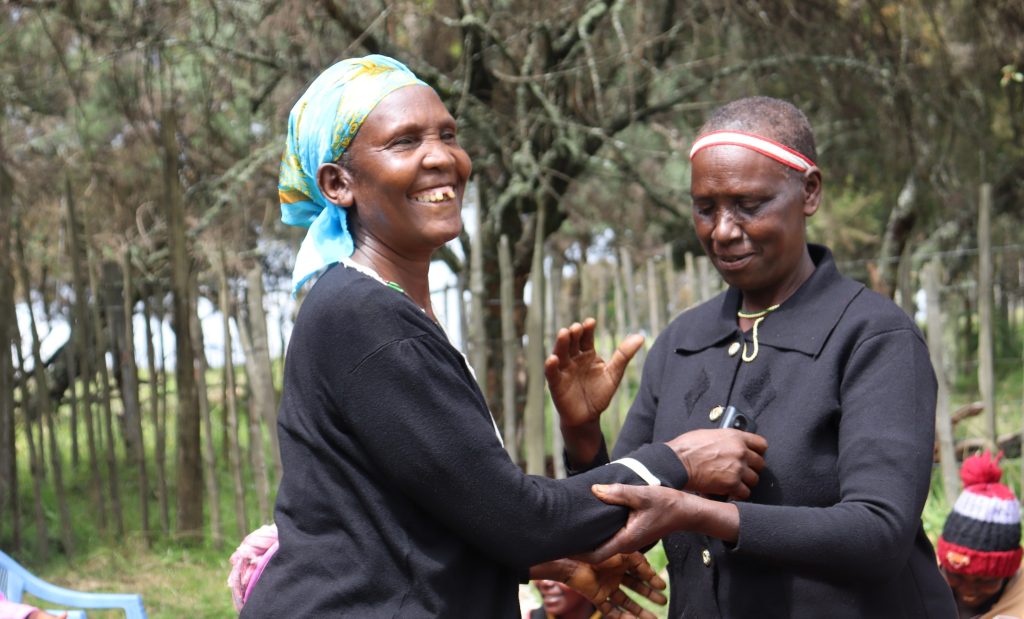Indigenous peoples across Africa are facing significant challenges in maintaining their traditional ways of life and protecting their lands and natural resources, such as extractivism and exclusionary conservation.
In Africa, we partner with the Indigenous Information Network (IIN) and the Chepkitale Indigenous Peoples Development Programme (CIPDP) in Kenya, who are working to address these issues.
Explore our work inKenya
Activity
Further info
The situation of indigenous peoples and biodiversity in Africa is complex and varied, as there are many different indigenous communities and ecosystems across the continent. Overall, however, many indigenous peoples in Africa face significant challenges in maintaining their traditional ways of life and protecting their lands and natural resources.
One of the threats to indigenous peoples and biodiversity in Africa is the encroachment of mining, agriculture, and infrastructure projects. This often results in the displacement of indigenous communities and the destruction of their lands and natural resources, which can have devastating impacts on both the people and the ecosystems they depend on.
Another threat is the creation and management of protected areas on indigenous lands in Africa. Although these conservation projects aim to protect biodiversity, in doing so they evict indigenous peoples and local communities from the land that they have protected and sustainably managed for generations.
A significant challenge is the lack of recognition and protection of indigenous rights by many African governments, which often fail to consult with or obtain the free, prior, and informed consent of indigenous communities before authorising development projects on their lands. This can lead to conflicts and human rights abuses, as well as the loss of important cultural and ecological knowledge.
Many indigenous community organizations such as CIPDP and IIN in Kenya, continue to work towards the protection of their lands and natural resources, often with the support of international organisations and civil society groups. These efforts include advocacy and legal action, as well as community-based conservation initiatives that seek to promote sustainable land use and biodiversity conservation while respecting indigenous rights and knowledge.

Landscape of Transmara, Narok County. Forest coverage in the area has decreased over years due to increased agricultural activities such as sugarcane plantation. Photo by Indigenous Information Network (IIN)

Elephants grazing in the rich undergrowth of Mt. Elgon Forest. Photo by Dickence/CIPDP






